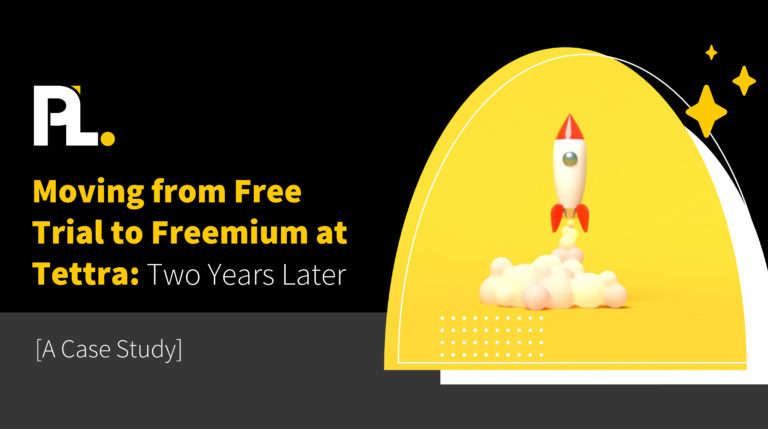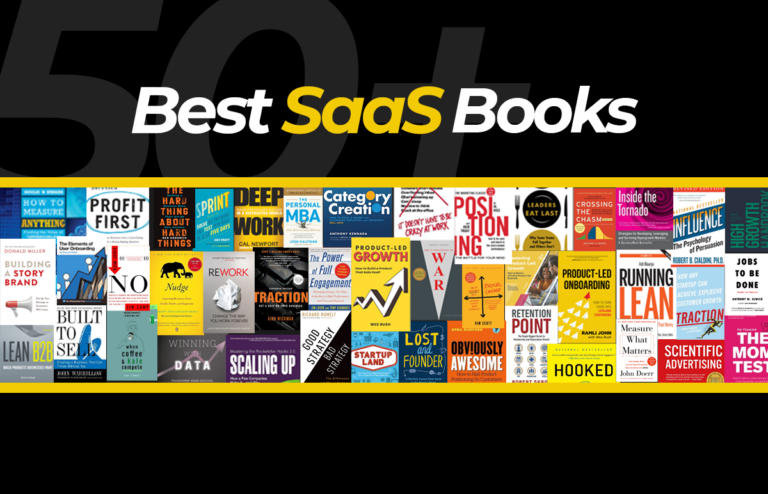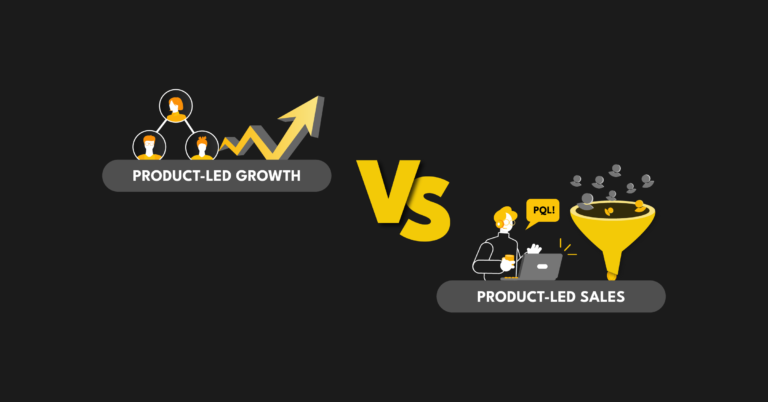Have you ever asked yourself the question “what’s the best way to 10x your product-led business?” While everyone has a different answer to this question, it’s important to know the right strategy and solution for your company.
In this article, you’ll learn how to empower your community to bolster the growth of your product-led business.
The connection between community-led and product-led growth
Every SaaS business is always chasing scale. They want to scale quickly and efficiently, and when this happens, there’s nothing more exciting.
But that’s easier said than done.
You need to find a strategy that yields the intended result, and for some companies, the solution is to combine the power of community-led and product-led growth.
But how do you merge the two? Let’s discuss the steps for doing so.
1. Create content
It’s the chicken and egg problem. Your community needs content to engage with. However, your community won’t have any content if there’s no one to share it.
Overcome this by creating and sharing your own content within the community you want to build. Did you know that this is how the founder of Reddit got started? To grow the community, he asked questions and answered them himself. The goal was to create content so that when people showed up they would immediately understand how the community works and the value of joining.
I decided to create and share sales prospecting templates for cold emailing. Most people want to keep these templates under wrap, but I decided to make them public.
Every week, I showcased the templates I was using and the results of my campaigns. It was actionable, straight to the point, and in many ways, addictive. People would come back to the community just to view the next template.
2. Showcase others
As my community picked up steam, I took the next natural step: showcasing the work of early community members.
To get started, I consulted with members who were interested in showcasing the results of their campaigns. This included a focus on their templates, copy, and personalization tips.
Not only did showcasing others help build my community, but it also allowed users to potentially get more visibility for their business.
It’s a win-win.
3. Reply fast and engage
The worst part of a community is the feeling that no one is listening. Fight against this by replying as quickly as possible to any questions. And don’t just reply. Reply with thoughtful insight.
This is one of the best ways to keep community members around, while also proving that you truly care about assisting them. When people ask a question and receive an immediate reply, they’ll feel like they’re part of something special.
Through the “reply fast and engage” strategy, always find ways to put the spotlight on the other person. No matter how big your community is (or isn’t), make them feel like the most important member. Always answer “what’s in it for them” in everything you do.
4. Create different levels
I think it’s important to have different levels within your community. For example, you have people who recently joined the community and are just getting their feet wet. You also have “lurkers” who read a lot and follow along but don’t come out and ask questions right away.
Then, you have the people who have been around for a long time. They know the ins and outs. They know what questions to ask and how to guide other community members. These are the people you want to stick around. Look for watts to incentivize them. At the very least, explain to them how important they are to your success.
5. Help community members move up the chain
Most people who join a community do so with the idea of becoming a more prominent member as time goes by. There are steps you can take to help this progression. In many ways, it’s a lot of unscalable work. It’s a lot of conversations to show your gratitude and keep them engaged moving forward.
When I started my community it was obvious from the start that the space was competitive. My goal from the start was to build the best sales prospecting tool in the market. But of course, that takes time. I was honest with my audience from day one. And with this approach, it was easier to connect with power users on a level they understood.
How to build a community
Now that you understand the connection between community-led and product-led growth, it’s time to focus on how to build a community. There’s no one size fits all solution, but there are some tips that can help.
The best thing you can do is invite your customers into the community. Let them know how to join, why it’s beneficial, and that their participation will help shape the future of your product.
Word of mouth is a slow and steady approach to community building. Fortunately, as you pick up steam, word of your community begins to circulate. And when that happens, your growth accelerates.
As you build your community, the word “quality” should always be on your mind. Focus on the quality of the messages that go through your community rather than the number of posts and how many people are active.
Another thing to consider is moderation. We have a “no jerk policy” that is strictly enforced. It’s exactly what it sounds like. There’s no warning or three-strike system. You want everyone to feel comfortable and safe in your environment, and for that to happen, you can’t have members who are always stirring the pot.
Additional tips and tricks
There’s no questioning the power of community-led growth when done the right way. Here are some additional tips and tricks to guide you.
1. Choose your platform wisely
In the early days, our community was hosted on Facebook. However, we recently moved to Circle, as it allows us to integrate the community directly into our product. This makes it easy for people to find what others are talking about without any friction.
2. Set up live events
This is what I refer to as audience sharing. Essentially, the idea is to organize events with other communities. There should be crossover appeal for both audiences. A mutually beneficial event is one that both communities can get behind.
The primary benefit is that when a person from another community wants to partake in your event, they must first become a member. Once they see the value that you provide, they’re more likely to stick around in the future.
3. Focus on onboarding
There’s more to a successful community than bringing new members in and hoping for the best. Proper onboarding is essential to retaining members and giving them what they need to comfortably join the conversation.
The best thing you can do is approach community onboarding in the same way you approach product onboarding. Answer questions such as:
- What does the current onboarding process entail?
- Where are the friction points?
- How do you get new members to buy-in from the start?
Build a community to build your product
Community-led growth and product-led growth are a match made in heaven. If you get serious about the way you grow, nurture, and engage with your community, it’ll show in the size of your user base and your retention rate.
With the guidance above, you’re in a position to launch and grow a community that supports the growth of your product.
If you’re ready to take the next step, sign up for the ProductLed free training course. In it, you’ll learn the fundamentals of taking your product-led business to new heights.












